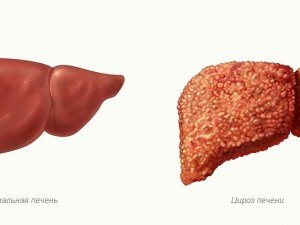Liver abscesses: antibacterial therapy

In order to cure parasitic and infectious liver abscesses, antibiotic therapy is usually provided. Antibacterial medications refer to etiotropic drugs that inhibit reproduction and growth of microorganisms. Therapy is based on the results of microbiological blood tests and the contents of the abscess cavity. For antibacterial therapy, it is necessary to choose medications that can suppress the flora revealed during the research, and also easily penetrate into the bile.
The first line drug for the treatment of liver abscesses and bacteremia, initiated by anaerobic microflora, is metronidazole. Penicillin and aminoglycosides are the drugs of choice. Chloramphenicol, clindamycin, cephalosporins 2 and 3 generations are also effective.
For the treatment of aerobic infections, a fairly large list of drugs is recommended. Antibacterial drugs of the first line are represented by aminoglycosides, penicillins, first-generation cephalosporins and their combination. Alternative drugs are cephalosporins 2 and 3 generations, fluoroquinolones. Therapy can be carried out either with one drug or with a combination of them( amioglycosides, penicillin and cephalosporins).
With stable strains of aerobic bacteria, cephalosporins 2 and 3 generations are introduced, aminoglycosides of the last generation and fluoroquinolones. These drugs are effective against gram-positive and gram-negative microbiological flora. The drug of choice for gram-positive microorganisms is vancomycin, which has a more potent effect on staphylococcal flora, but is difficult to penetrate into the bile.
Cholangiogenic liver abscesses and purulent cholangitis are treated with drugs that penetrate the bile excretory system: ampicillin, gentamicin, cefotaxime, ceftriaxone, cefoperazone, tobramycin, clindamycin. Less commonly used are erythromycin, doxacycline, roxithromycin, imipenem, meropenem, ofloxacin. The concentration of these agents, in comparison with serum, in bile is higher.
For better penetration into the abscess cavity, the drugs are administered only intravenously. The recommended duration of antibacterial therapy for infectious liver abscesses is 3 or more weeks. According to some researchers, intravenous administration should continue for 2 - 3 weeks. Then oral intake of antibacterial drugs of 2 weeks or more is necessary. With multiple cholangiogenic liver abscesses, intravenous administration of the drugs has been shown for 6 weeks.



